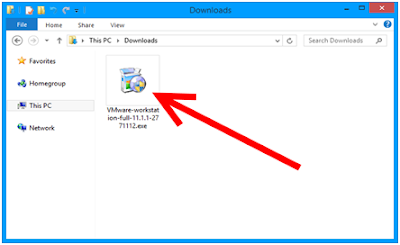Data Guard Configurations and Broker Configurations:
A Data Guard configuration consists of one primary database and up to nine standby databases. The databases in a Data Guard configuration are connected by Oracle Net and may be dispersed geographically. There are no restrictions on where the databases are located as long as they can communicate with each other. For example, you can have a standby database on the same system as the primary database, along with two standby databases on another system.
The Data Guard broker logically groups these primary and standby databases into a broker configuration that allows the broker to manage and monitor them together as an integrated unit. You can manage a broker configuration using either the Oracle Enterprise Manager graphical user interface or the Data Guard command-line interface.

